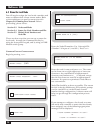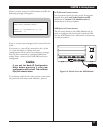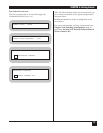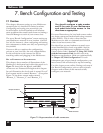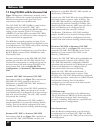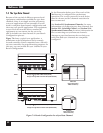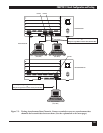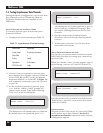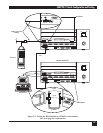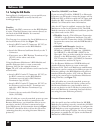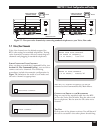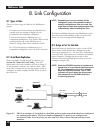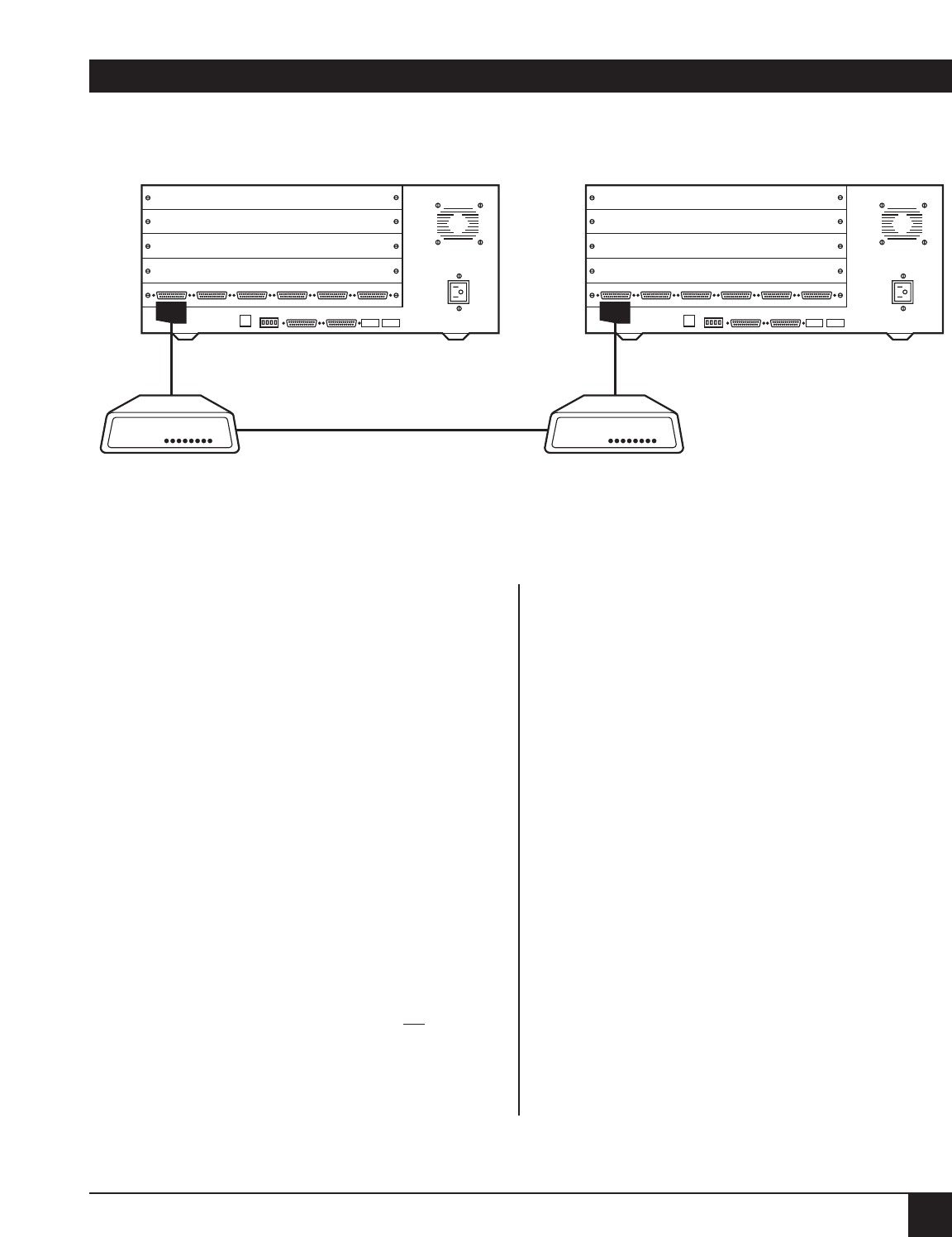
CHAPTER 7: Bench Configuration and Testing
63
7.3 Using Modems with the Interconnect Link
Figure 7-3 illustrates how modems can be used to
connect two Multiservers. The modems you use with
your Multiservers must be V.32 or better, capable of
synchronous, full-duplex, leased-line operation.
Dialup modems (instead of leased-line modems)
should only be used with an analog backup link.
For both the Local and Remote Multiservers, attach
the modem to the Multiserver with male-to-male
crossover cable (EZ423). Configure the port for an
interconnect link with external clocking.
Configure each modem for synchronous, full-
duplex operation. Set the modem attached to the
Remote Multiserver for Answer (or recover
clocking). Set the modem attached to the Local
Multiserver for Initiate (or internal clocking).
NOTE: If the modem has data compression, make
sure the compression is turned off
. The
compression could compromise the data
stream from the Multiserver.
Connect the two modems with crossover cable. The
type of crossover cable that you need will depend
upon the modems that you use.
Connect the cables and plug in the Multiservers.
Once the modems have established a connection,
the CCM indicator LEDs for the link will be off.
This indicates that the link is functioning properly.
In the example in Figure 7-3, the CCM indicator
LED for port A1 would go off on each of the
Multiservers. A flashing LED indicates a problem
with your equipment or configuration.
For more information on interconnect links, refer
to Section 8.4, Port Configuration, and Section 8.5,
The Interconnect Link.
12 456
A
B
C
D
E
3 12 456
A
B
C
D
E
3
Modem
Modem
EZ423 EZ423
Crossover Cable
Figure 7-3. Modems can be used to connect two Multiservers via an interconnect link.
Local Multiserver Remote Multiserver




